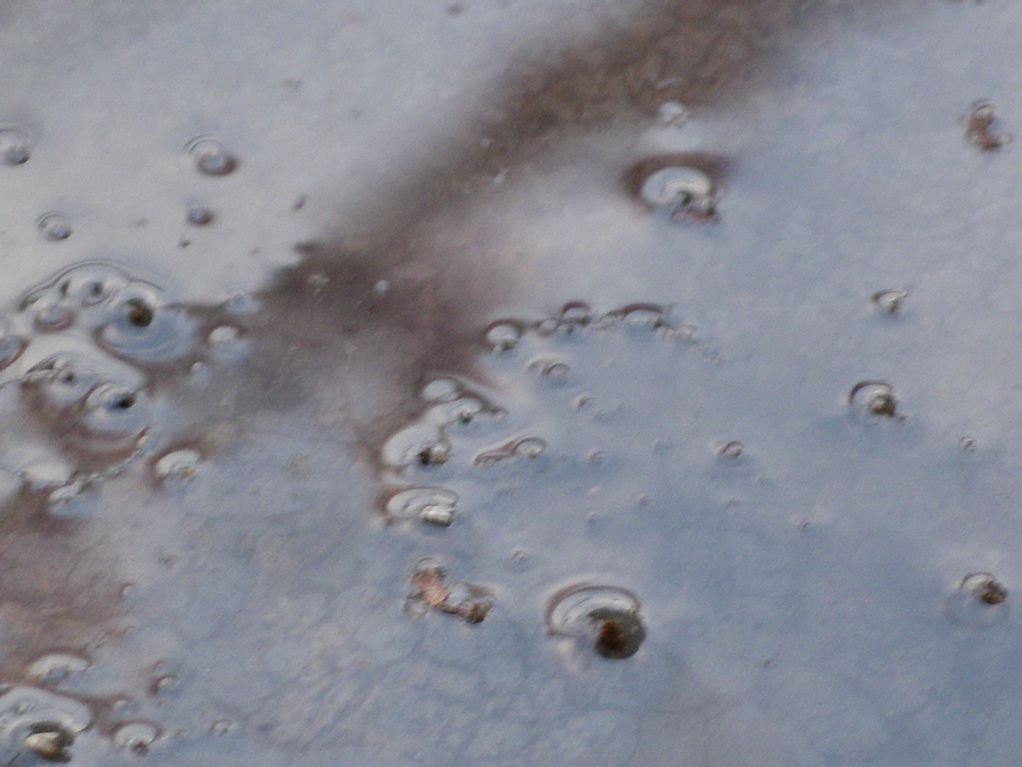Summary
Study of the synthesis, process and treatment of sound for aesthetic and musical purposes from a psychophysiological perspective. This module is based on the study of sound perception and its integration into the Central Nervous System, to provide essential knowledge of mandatory application in the use of the technical and aesthetic tools, typical of musical creation with both electronic and mechanical means. From this perspective and with the intention of prove a extensive panorama, theoretical sessions are oriented to the study of all kinds of algorithms and tools of process and sound generation, as well as their specific forms of use in experimental music. Therefore, an important part of the teaching methodology is based on listening and analyzing works representative of each aesthetic orientation.
This module considers the use of Max as basic tool. However, many examples will be based on Digital Performer and other synthesis and treatment devices, such as all kinds of plugins, MIDI sequencing and multitrack mixing.
Syllabus
- Introduction to the psychophysiology of sound perception
- Transduction
- General hearing scenario. Sound source, medium, receiver
- Structure of the (receiver) auditory system
- Diagram of transductions in the auditory system
- Perception of sounds. Frequence. Amplitude. Perceptual scales of height and dynamics. Sound spectrum
- Critical bands
- Phased spaces of sound and musical perception. Articulation. Color Micro-melody
- Sound synthesis
- Basic methods of synthesis: Additive, Subtractive, Frequency modulation, Linear and nonlinear distortion
- Elaborated synthesis methods: Granular, Stochastic
- Convolution and cross synthesis. Phase Vocoder
- Sound editing and treatment
- Simple effects on the temporary domain – Edition
- Simple effects on amplitude.3.3. DC Off-set
- Inversion
- Amplitude modulation – Trémolo
- Simple effects on frequency
- Dynamic Range Processors
- Filtering (and filter-based effects)
- Effects based on delay
- Effects on signal amplitude: compression
- Complex effects. Multiband compression.
Evaluation criteria
1. Electronic musical composition with computer and speakers only, without instrumental manipulation, 7 minutes and made only with the concepts developed in the classroom during the course, adhered to the previous program specified. Percent: 60%
2. Participation in class and comments on the topics and exercises raised in the classroom. Percent: 40%
Bibliography
1. Introduction to the psychophysiology of sound perception
BENADE, A., Fundamentals of Musical Acoustics. Nova York: Oxford University Press, 1976.
COOK, P. R. (ed.), Music, Cognition, and Computerized Sound: An Introduction to Psychoacoustics. The MIT Press, 1999.
HOWARD, D. i J. ANGUS, Acoustics and psychoacoustics. Londres: Focal Press, 2000.
MATLIN, M. W. i H. J. FOLEY, Sensación y percepción. Madrid: Prentice Hall Iberia, 1996.
MOORE, B., An Introduction to the Psychology of Hearing. Londres: Academic Press Ltd., 2003.
MUNAR, E., J. ROSSELLó i A. SáNCHEZ-CABACO, Manual de Atención y Percepción. Madrid: Alianza, 1999.
PIERCE, J. R., Los sonidos de la música. Barcelona: Labor, Biblioteca Scientific American, 1985.
PLACK, C. J., The sense of hearing. Nova Jersey: Mahwah, Erlbaum, 2005.
ROSSING, T. D., The Science of Sound. Addison Wesley, 1990.
ZWICKER, E., H. FASTL i H. FRATER, Psychoacoustics: Facts and Models. Berlín: Springer, 1999.
2.Editing and sound treatment
ALKIN, G., Sound Techniques for Video and TV. Londres: Focal Press, 1989.
BURGER, J., The Desktop Multimedia Bible. Nova York: Addison-Wesley, 1993.
CARRAZÓN, J. C., Audio3D. Madrid: Anaya Multimedia, 1996.
JORDÀ, S., Audio digital y MIDI. Madrid: Anaya Multimedia, 1997.
NISBETT, A., The sound studio. Londres: Focal Press, 1995.
RUMSEY, F., Digital Audio Operations. Oxford: Focal Press, 1991.
—, The Audio Workstation Handbook. Oxford: Focal Press, 1996.
— i T. McCormick, Sound and Recording: an Introduction. 1994. (Existeix traducció a l’Espanyol de la primera edició pel IORTV).
SCHAEFFER, P., Tratado de los objetos musicales. Madrid: Alianza, 1988.
ZAZA, T., Audio Design. Nova Jersey: Prentice Hall, 1991.
3. Sound Synthesis
BALLORA, M., Essentials of Music Technology. Nova Jersey: Prentice Hall, 2003.
BLESSER, B., “An Interdisciplinary Synthesis of Reverberation Viewpoints”. Journal of the Audio Engineering Society, Vol. 49 (10), 2001, pp. 867-903.
BOULANGER, R., The Csound Book. The MIT Press, 2000.
CHOWNING, J., “The Synthesis of Complex Audio Spectra by Means of Frequency Modulation”. Journal of the Audio Engineering Society, Vol. 21, 1973, pp. 526-534.
—, “Frequency Modulation Synthesis of the Singing Voice”. M. V. Mathews i J. R. Pierce (eds.), Current Directions in Computer Music Research. The MIT Press, 1989, pp. 57-64.
COOK, P. R. (ed.), Music, Cognition and Computerized Sound. The MIT Press, 1999.
DODGE, Ch. i T. A. JERSE, Computer Music: Synthesis, Composition, and Performance. Nova York: Schirmer, 1985.
DOLSON, M., i J. LAROCHE, “About this Phasiness Business”. Proceedings of the International Computer Music Conference. Ann Arbor: International Computer Music Association, 1997, pp. 55-58.
GREY, J. M., i J. A. MOORER, “Perceptual Evaluations of Synthesized Musical Instrument Tones”. Journal of the Acoustical Society of America, Vol. 62, 1977, pp. 454-462.
HARTMANN, W. M., “Digital Waveform Generation by Fractional Addressing”. Journal of the Acoustical Society of America, V. 82, 1891, 1987, pp. 883.
JORDÀ, S., Audio digital y MIDI. Madrid: Anaya Multimedia, 1997.
MOORE, F. R., Elements of Computer Music. Nova Jersey: Prentice Hall, 1990.
—, An Introduction to the Mathematics of Digital Signal Processing. McGraw Hill, 1986.
POHLMANN, K. C., Principios de Audio Digital. Madrid: McGraw-Hill, 2002.
PUCKETTE, M., Theory and Techniques of Electronic Music. World Scientific Press, 2007.
SMITH III, J. O., Introduction to Digital Filter Theory. STAN M-20, 1985.
—, Mathematics of the Discrete Fourier Transform (DFT), with Music and Audio Applications. Menlo Park (California): W3K Publishing, 2003.
ROADS, C. (ed.), The Computer Music Tutorial. The MIT Press, 1996.
—, Microsound. The MIT Press, 2004.
RUSS, M., Síntesis y Muestreo de Sonido. Madrid: Instituto Oficial de Radio y Televisión, 1999.


